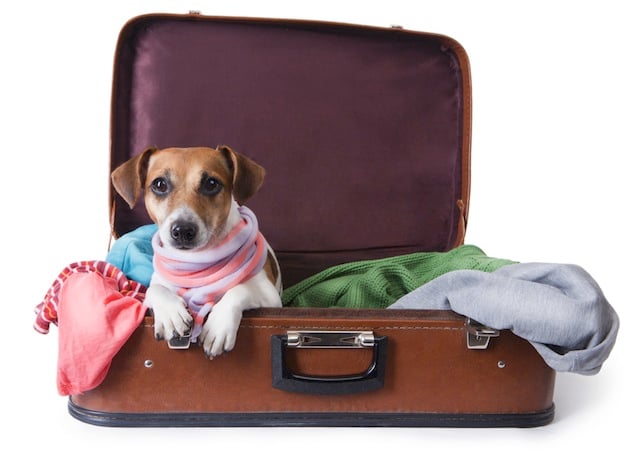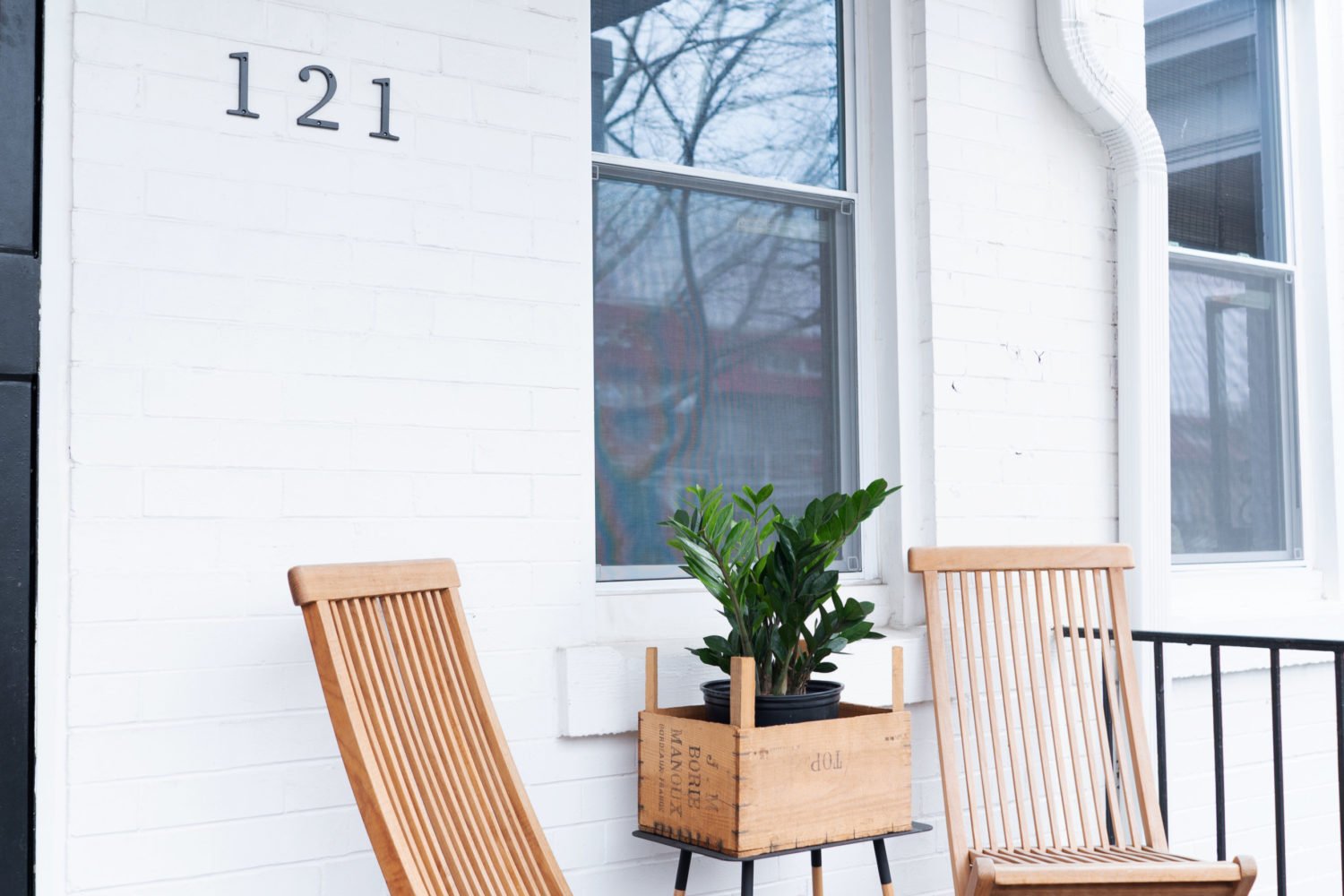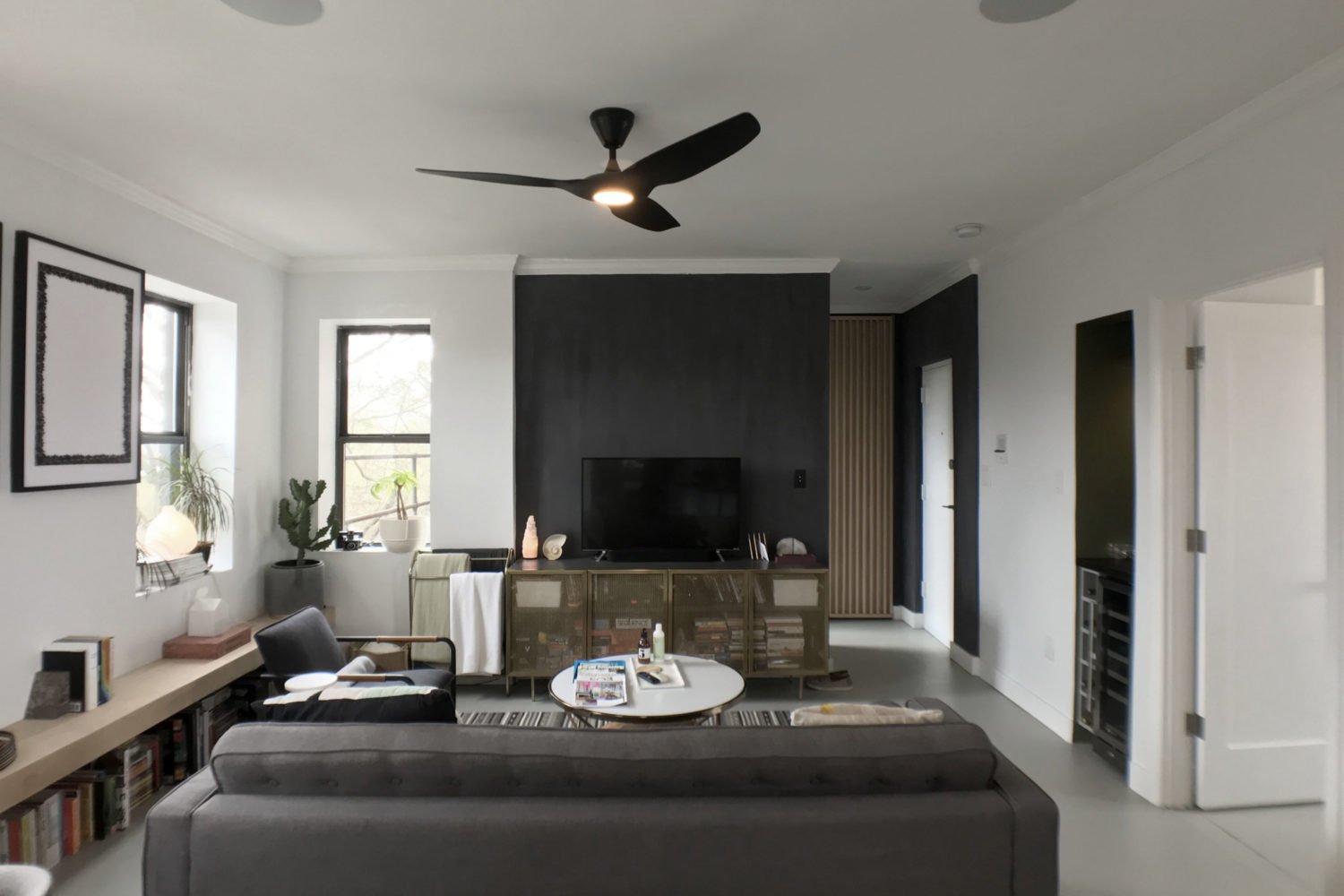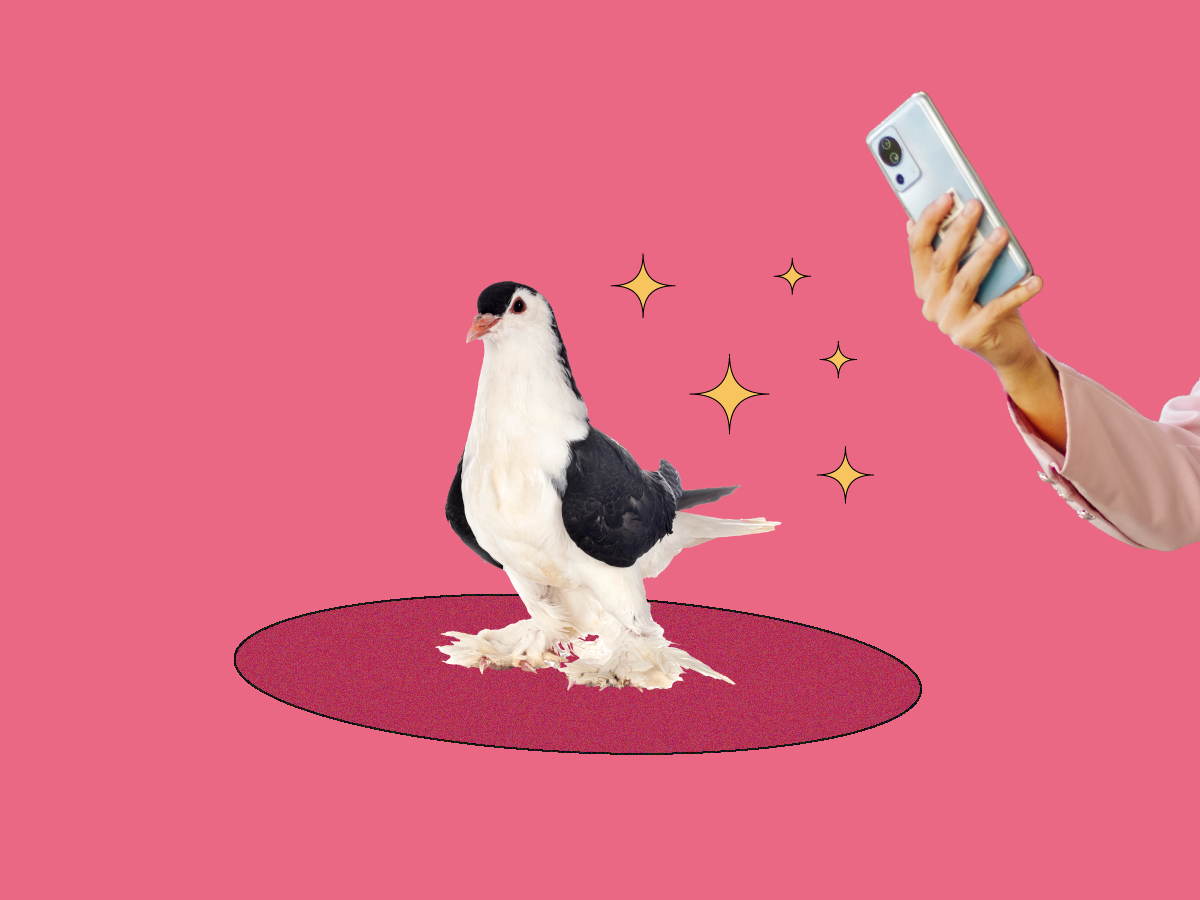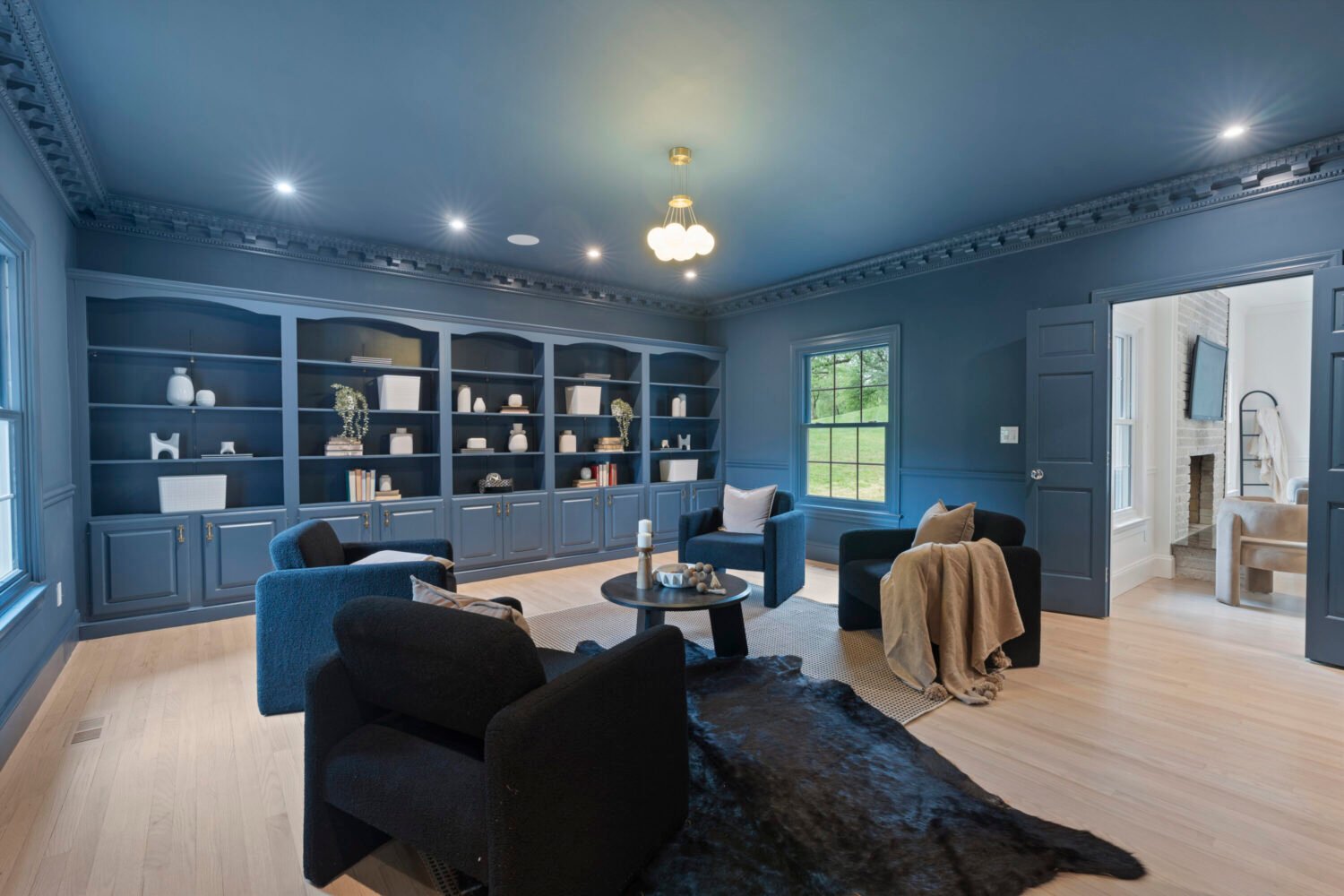Have a question you’d like to ask a vet? Send your query to pets@washingtonian.com with the subject line “Vet Q.”
Q: In a post-divorce downsize, my dogs and I moved from a house to an urban apartment. Previously, the dogs enjoyed a big back yard and two one-hour walks a day. What is the optimal dog walk amount and dog park time? How many times a day do dogs need to be taken out for bathroom breaks? Should I be concerned about moving my dogs to a smaller space with no yard?

Dr. Chris Miller, AtlasVet DC: Change can be tough. Going through a divorce, uprooting your life from the suburbs and moving to the city, can be difficult for everyone involved. The good news is that going through these changes with a companion that possesses unconditional adoration for you can make the new experience much more tolerable. Simply knowing that you and your pets are both going through a transition period together can be therapeutic for both you and the dogs.
Much like with people, the effects of sudden alterations in lifestyle and environment for a pet can vary highly from one individual to another. Some dogs seem to take the new surroundings in stride, while others may become depressed and begin developing behavior problems. The only way to know how pets are going to behave is to monitor them closely once the change has been made. Dogs are active animals that naturally have a desire to run, roam, chase, and work. For this reason, exercise and keeping the mind active are the best ways to keep them happy and healthy. Achieving this while living in a smaller home combined with an urban setting is possible with a little effort and planning. Often, this change can lead to a healthier lifestyle for you and your pet.
Each dog is different, but typically one 30-minute walk per day is the minimum amount of activity recommended for dogs. Certain larger and high-energy dog breeds like German Short Haired Pointers, Weimaraners and Border Collies may struggle with the smaller space and decreased free time, and need more activity to burn off their high energy. Check with a veterinarian to assess how much exercise is appropriate for your dog’s age, breed and health status. In addition to exercise sessions, dogs will need a few other shorter walks for bathroom breaks throughout the day. This can be a challenge for many owners and might require significant planning and shifting of schedules. The two long walks your dogs were getting should be sufficient to keep them mentally entertained and physically fit as long as an appropriate diet is being fed. If you have long work hours, a dog walker is a good idea to help maintain these walks when you are away.
When I first moved from the peaceful suburbs of Alabama to Washington, DC, my greyhound took several weeks before he could easily relieve himself outside. In the following months, he became desensitized to the sirens, buses, and helicopters that constantly flew overhead. I quickly learned that the frequent walks I took him on were keeping me in shape, helping me meet my neighbors and helping my dog become as social as ever from the constant “meet and greet” that occurred around every corner. With a little work there is no reason to feel guilty about moving to the city. With a little planning, urban living can actually lead to both you and your pet becoming healthier and more social.
Find Dr. Chris Miller on Twitter at @DCVet.

